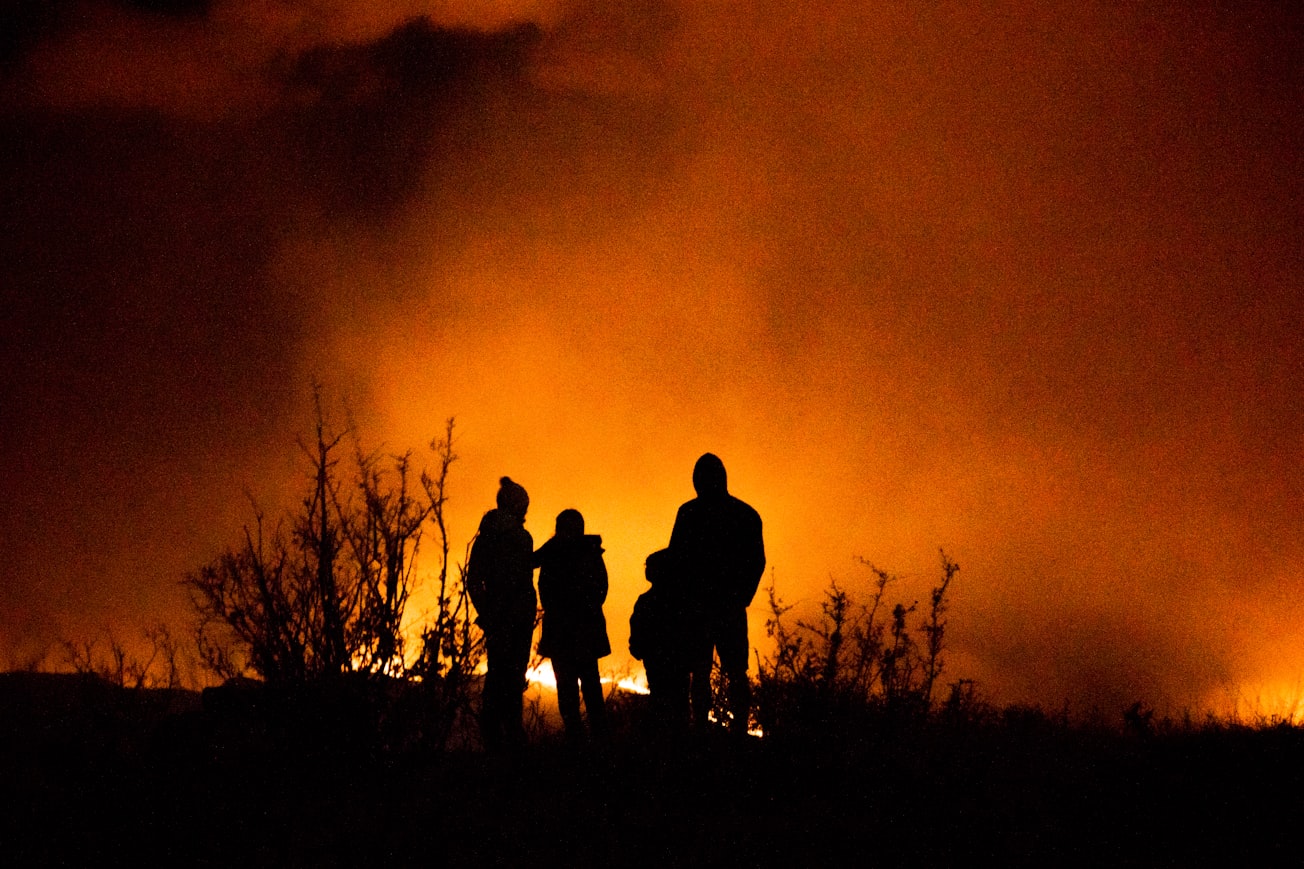What is it about?
In a 2020 paper, researchers from the US used climate model simulations to quantify the changes in meteorological factors governing autumn wild-fire risks in California and determine whether such changes were, in fact, due to climate change from human activities. They found that a rise in autumn temperature (~1°) along with a lowering of autumn precipitation (~30%) over the last four decades led to a 20% increase in wildfire risk. This, in turn, had more than doubled the number of autumn days with fire weather (weather conditions favoring the spread of wildfire) since the early 1980s. The simulations also predicted that climate change would only favor the fire weather conditions even more, leading to their increased occurrences in autumn across California. But the team is hopeful that the UN Paris commitment, a legally binding international treaty on climate change, would help improve the situation substantially.
Featured Image

Photo by Caleb Cook on Unsplash
Why is it important?
In recent years, California has been a witness to unusual autumn wildfire activities with disastrous consequences in the long term, ranging from degradation in air quality due to wildfire smoke to widespread power cuts during periods of wildfire risk as a safety measure. As the city reels from such unprecedented disasters, developing effective risk management and resource allocation strategies has become a top priority among policymakers and emergency responders. But, this requires a better understanding of the factors responsible for the autumn wildfires, which this study provides. KEY TAKEAWAY: Autumn wildfire risks in California have gone up over the years due to a combination of changes in temperature and precipitation and climate change has served to amplify the risk further. Hopefully, the Paris Agreement can help turn the tide.
Read the Original
This page is a summary of: Climate change is increasing the risk of extreme autumn wildfire conditions across California, Environmental Research Letters, March 2020, Institute of Physics Publishing,
DOI: 10.1088/1748-9326/ab83a7.
You can read the full text:
Resources
Contributors
The following have contributed to this page







